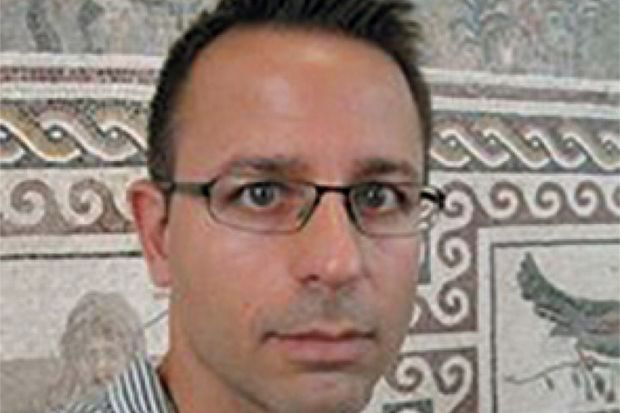What sorts of books inspired you as a child?
For poetry: Shel Silverstein’s Where the Sidewalk Ends, swathes of which I still know by heart. Perhaps somewhat less conventional: Egyptology and Agatha Christie. By fourth grade, I had read all Christie’s books, an obsession kindled by the grimly ingenious resolution of Murder in Mesopotamia.
Your new book explores ‘The Medieval Invention of Travel’. Which books first spurred your interest in the period?
My local public library played a vital role in my intellectual development. One summer, I checked out Richard Burton’s translation of Arabian Nights, renewing it again and again. Then I saw Boethius’ Consolation of Philosophy, which I borrowed, loved and failed to understand. From my summer roaming around Italy before college, I have vivid memories of reading Dante’s Inferno for the first time in the shadow of Orvieto’s cathedral. In Rome, an Australian dentist traded his copy of Carlo Ginzburg’s The Cheese and the Worms for my Inferno. I was gripped by Ginzburg’s book, which discusses the heresy trial of a 16th-century miller, whose problematic beliefs were shaped by his encounter with the most popular travel account of the Middle Ages: The Book of John Mandeville.
Which travel writers from that era made the strongest initial impact on you?
For me, few books are as fascinating as the Travels of Ibn Battuta, a 14th-century Moroccan jurist who explored the Mediterranean, East Asia and Western Africa. The mysterious “John Mandeville” crafted one of the most intellectually searching travel accounts of the Middle Ages. Although Mandeville supposedly visited most of the known world, there is no evidence that he set foot outside Western Europe: his Book is a bricolage of passages taken from works by other travellers. Scholars have suggested that he was a library-bound cleric pretending to be a chivalric adventurer. The Travels of Bertrandon de la Broquière, a 15th-century knight from Burgundy, opens with his recollections of the life-threatening fever he contracted on his pilgrimage to the Holy Land. This brush with death inspired him to part ways with the Mediterranean package tour that had brought him to Jerusalem and to return home via Ottoman-controlled territory, disguised as a Muslim. Although committed to crusading ideals, Bertrandon’s narrative is full of colourful and thoughtful ruminations on his exchanges with non-Christians.
Can you recommend any contemporary travel writers who engage interestingly with the idea of pilgrimage, crusade or other medieval forms of travel?
Two that come to mind are Robert Macfarlane’s The Old Ways: A Journey on Foot and Jane Tylus’ Siena: City of Secrets. Although a novel, Kunzang Choden’s The Circle of Karma develops a vivid sense of Bhutan’s landscape, as viewed through the eyes of a female pilgrim.
What is the last book you gave as a gift, and to whom?
Not counting The Medieval Invention of Travel, Sebastian Schütze’s Caravaggio: Complete Works, to a friend.
What books do you have on your desk waiting to be read?
All of Proust.
Shayne Aaron Legassie is associate professor of English and comparative literature at the University of North Carolina at Chapel Hill and author of The Medieval Invention of Travel.
后记
Print headline: Shelf life
